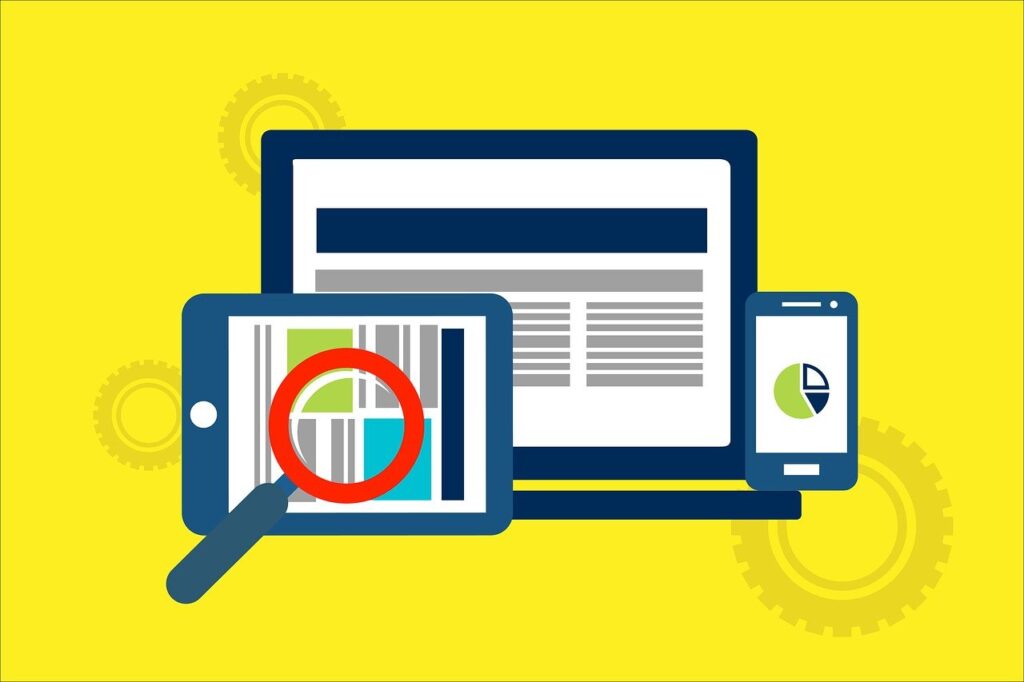
The Digital Wild West: Navigating the Maze of Legitimacy
The internet, much like the Wild West, is a land of opportunities and risks. It has revolutionized our lives, but it has also exposed us to the dangers of the digital world. From the comfort of our couches, we can shop for groceries or fall prey to a web of scams and lies. This is why it’s crucial to know how to tell if a website is legit.
The Rising Tide of Cybercrime: A Call to Arms
According to the Better Business Bureau (BBB) Scam Tracker, there were 48,362 scams reported in the U.S. in 2018 alone. With the numbers rising every year and cybercriminals devising ingenious new ways to commit cybercrimes, it’s more important than ever to recognize these threats. In our digital existence, we could, at any moment, be in contact with a cybercriminal or fall victim to a phishing attack without even realizing it.
Here are 10 steps to help you determine if a website is real or a fake:
- Verify the Website’s Trust Seal: A trust seal is a stamp granted by a security partner that indicates the legitimacy of the website. If a trust seal is legitimate, clicking on it will take you to a page that verifies the authenticity of that seal.
- Check for HTTPS and View the Certificate Details: HTTPS indicates that the communication channel between you and the server is encrypted and secure. However, it does not assure that the server you are communicating with will not steal your data. To view the digital certificate issued to the website, click on the padlock in the web address bar and select Certificate.
- Check the Contact Page: Verify whether the website has a physical address, a phone number, and an email ID. Try sending an email to the ID provided on the contact page and check if it gets delivered.
- Check the Company’s Social Media Presence: Most legitimate companies have some level of a social media presence. Read company reviews on such platforms and see if you can find real employees of the company on LinkedIn.
- Don’t Click on Links Within the Body of an Email: Unless you requested a password reset link, there’s almost never a compelling reason to click on links in your email.
- Look for Spelling or Grammatical Mistakes: These are telltale signs of a phishing attack. Most legitimate companies make an effort to ensure minimum quality standards in all communication.
- Use the Google Safe Browsing Transparency Report: This tool allows you to enter a URL to check whether it hosts any malware or if the site is safe for browsing.
- Check for a Website Privacy Policy: Most countries and industries have data privacy laws and regulations that make it mandatory for a website to let their users know how data is collected, used, protected, and stored.
- Pay Close Attention to the URL: Check that the website isn’t attempting a homograph phishing attack. URLs can be manipulated using alphabets that appear similar from other foreign languages such as the Cyrillic alphabet.
- Know the Obvious Signs of Website Malware: Web defacement attacks, suspicious pop-ups, and advertisements that attempt to entice you to click on them typically are indicative of malicious websites.
Security Add-Ons and Tools:Your Allies in the Digital Frontier
In addition to the steps outlined above, there are tools and add-ons that can help you stay safe online. Services like Norton Safe Web and VirusTotal analyze URLs and tell us if the site we are interested in visiting is safe or malicious.
Here are a few extensions and tools that can also come in handy to keep us from visiting fake websites:
- Netcraft Extension: This tool allows you to do a quick lookup of the sites you want to visit and provides protection against phishing.
- Disconnect: This tracker blocker lets you see everything that tracks you on a website and allows you to disable them.
- Web Paranoid Extension: This tool keeps you safe by blocking and filtering out dangerous websites. Also the web version can be found here.
- Privacy Cleaner: This application runs in the background and alerts you if a page or an app tries to access your files and information.
In the digital Wild West, knowing how to tell if a website is legit is not just a useful skill; it’s a survival skill. It’s the assurance that amidst the chaos of the internet, you can navigate safely and confidently.